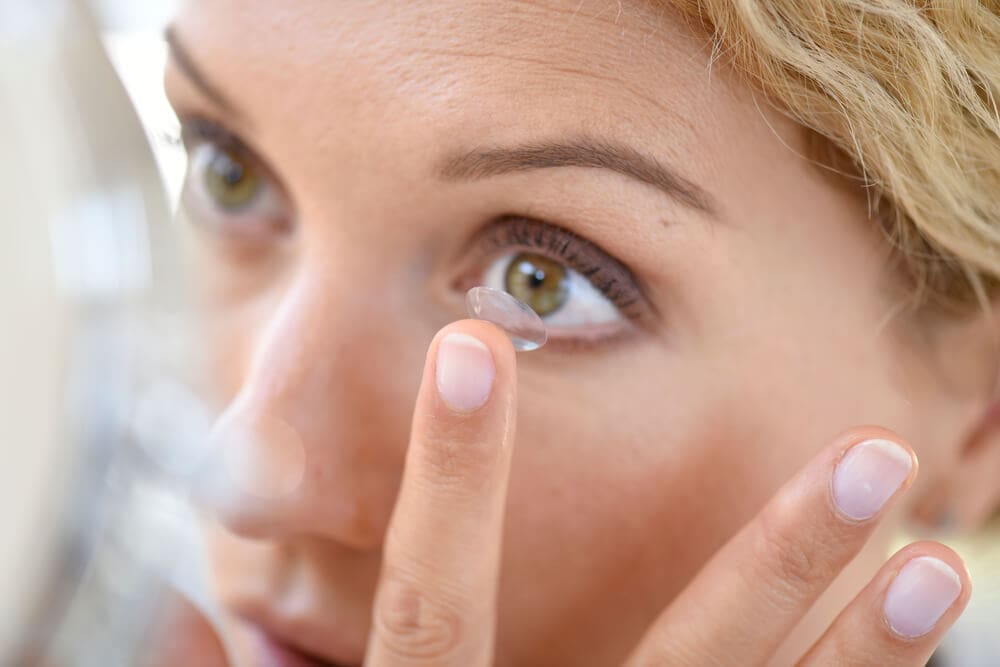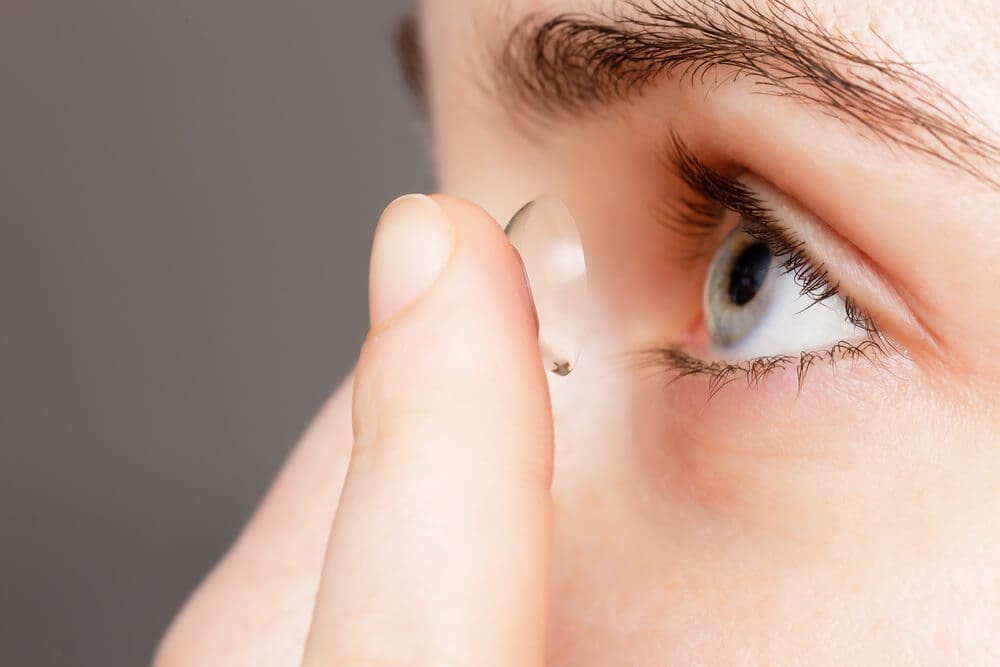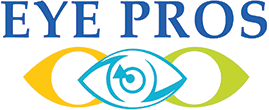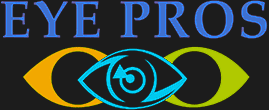Find The Best Contact Lens For You
Contact Lens Exams

Why a Proper Contact Lens Fit Matters
Choosing to wear contact lenses requires ensuring they fit properly and provide comfort. Understanding contact lens safety and hygiene is also essential. A contact lens exam includes:
- A comprehensive eye exam to evaluate your overall eye health and determine your vision prescription.
- A consultation to measure and assess the proper fit of the contact lenses.
The Significance of a Comprehensive Eye Exam
Regular eye exams are essential for maintaining healthy eyes and detecting potential eye conditions. During a comprehensive eye exam, your eye health and vision quality are assessed. This exam:
- Determines your eyeglass prescription, which is necessary but not sufficient for contact lenses.
- Checks for eye health issues that could affect the comfort and success of contact lens wear.
Helping Hard-to-Fit Contact Lens Patients
Even if you’ve been told in the past that you cannot wear contact lenses, options may still be available for you. Specialty contacts are designed for patients with conditions such as:
- Dry eyes
- Severe astigmatism
These specialized lenses provide solutions for those who were previously unable to wear contact lenses.
The Contact Lens Consultation
The contact lens industry is continually developing new innovations to enhance the comfort, convenience, and accessibility of contact lenses. During your consultation, your lifestyle and health considerations will be discussed with your eye doctor. This helps determine the most suitable type of contacts for you. Options may include:
- Daily disposables
- Monthly disposables
- Soft lenses
- Rigid gas permeable (GP) lenses
If you have specific eye conditions like astigmatism or dry eye syndrome, your eye doctor may recommend particular types or brands of lenses that provide optimal comfort and meet your vision needs. If you are interested in colored contact lenses, now is the time to discuss this with your eye doctor. Additionally, for those over 40 who struggle with reading small print, your eye doctor may suggest multifocal lenses or a combination of multifocal and monovision lenses to address your unique vision requirements.

Contact Lens Fitting Process
A proper contact lens fit is crucial for comfort and eye health. Here are some of the measurements and evaluations your eye doctor will perform during a contact lens fitting:
• Corneal Curvature: Using a keratometer to measure the curvature of your cornea. For astigmatism, a “toric” lens may be prescribed.
• Pupil or Iris Size: Measuring the size of your pupil or iris, especially for specialized lenses like GP contacts.
• Tear Film Evaluation: Assessing your tear film to ensure proper hydration and moisture, crucial for those with dry eyes.
Contact Lens Trial and Prescription
Once the most suitable lenses are determined, your eye doctor will:
- Have you try on a pair to ensure proper fit and comfort.
- Assess the fit, movement, and tearing after the lenses have been worn for 15-20 minutes.
- Provide instructions on lens care, including insertion, removal, wear time, and storage.
Follow-Up Appointments
After receiving your contact lenses, it’s important to schedule a follow-up appointment with your eye doctor to:
- Ensure the lenses fit properly.
- Confirm your eyes are adjusting well.
- Address any discomfort or dryness.
If any issues arise, your eye doctor may recommend trying a different lens, using a different contact lens solution, or adjusting your wearing schedule.
Hard-to-fit contacts
Conditions like astigmatism, presbyopia, keratoconim, and dry eyes should not deter you from considering contact lens wear. Solutions are available to help you find comfortable and effective contact lenses, even if these challenges require additional time and patience.

